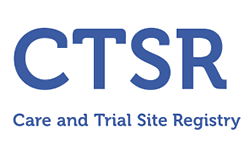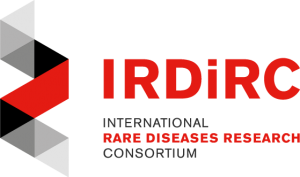Authors
Julien Branchua, Maxime Boutrya, Laura Sourda, Marine Deppa, Céline Leonea, Alexandrine Corrigera, Maeva Valluccia, Typhaine Estevesa, Raphaël Matusiaka, Magali Dumonta,, Marie-Paule Muriela, Filippo M. Santorellif, Alexis Bricea, Khalid Hamid El Hachimia, Giovanni Stevanina, Frédéric Darios
Journal
Neurobiology of Disease,
Publication date
February 2017
Abstract
Mutations in SPG11 account for the most common form of autosomal recessive hereditary spastic paraplegia (HSP), characterized by a gait disorder associated with various brain alterations. Mutations in the same gene are also responsible for rare forms of Charcot-Marie-Tooth (CMT) disease and progressive juvenile-onset amyotrophic lateral sclerosis (ALS). To elucidate the physiopathological mechanisms underlying these human pathologies, we disrupted the Spg11 gene in mice by inserting stop codons in exon 32, mimicking the most frequent mutations found in patients. The Spg11 knockout mouse developed early-onset motor impairment and cognitive deficits. These behavioral deficits were associated with progressive brain atrophy with the loss of neurons in the primary motor cortex, cerebellum and hippocampus, as well as with accumulation of dystrophic axons in the corticospinal tract. Spinal motor neurons also degenerated and this was accompanied by fragmentation of neuromuscular junctions and muscle atrophy. This new Spg11 knockout mouse therefore recapitulates the full range of symptoms associated with SPG11 mutations observed in HSP, ALS and CMT patients. Examination of the cellular alterations observed in this model suggests that the loss of spatacsin leads to the accumulation of lipids in lysosomes by perturbing their clearance from these organelles. Altogether, our results link lysosomal dysfunction and lipid metabolism to neurodegeneration and pinpoint a critical role of spatacsin in lipid turnover.
DOI link
10.1016/j.nbd.2017.02.007



